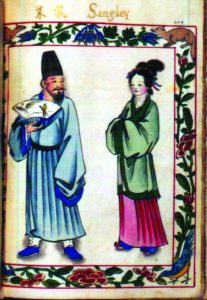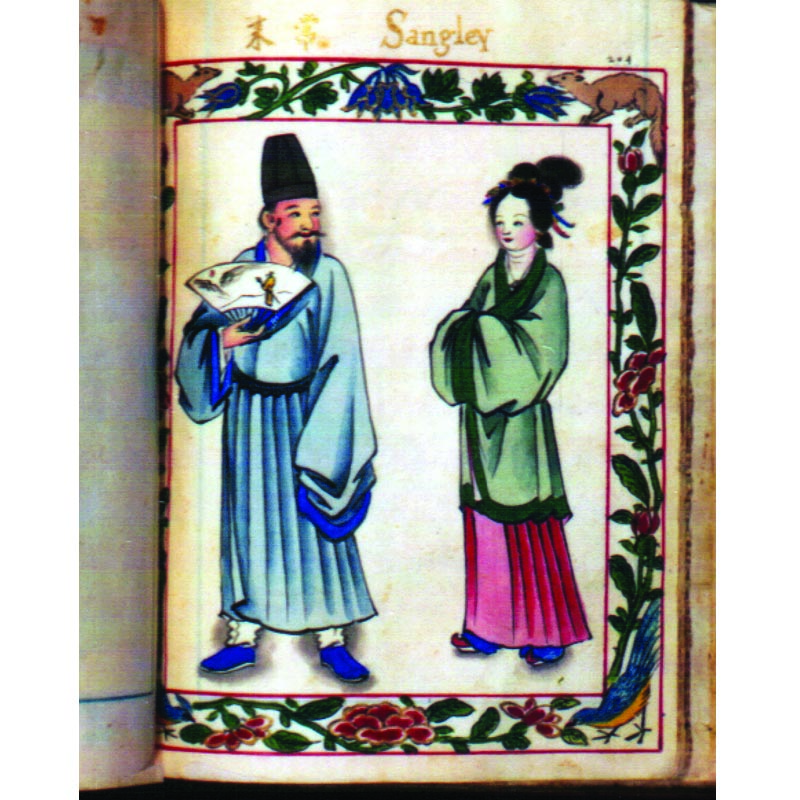
The 16th century Chinese adventurer 林鳳 is known throughout the English-speaking world as Limahong or Limahon, but also, and especially more recently, as Lin Feng. Which is right? Lin Feng is the pinyin romanization of 林鳳, but that is not what he would have called himself.
He was from Teochew, and his full name, 林阿鳳, pronounced in Teochew, a Southern Minnan (閩南語) dialect, is Lim A-hong. That is almost exactly what we read in Spanish documents from the 16th century.
Happily, both the Chinese and Spanish governments were incredibly bureaucratic so we have records from both sides, but these are written, and there are no audio recordings!
Of course, in the Chinese records we read 林阿鳳 or 林鳳. But when the Spaniards encountered him and learned his name they used local interpreters, the Sangleys of Manila, and recorded what they heard.
Now, the Sangleys were either from, or descended from, people of Fujian. So they spoke Hokkien or Minnan (閩南) and they pronounced the name as he himself would have done: “Lim Ahong.”
One needs to remember that, unlike in English where words are clearly separated, Spaniards run their words into each other – and they do the same when writing.
So, when reading ancient Spanish manuscripts one sometimes has to decide where one word ends and another begins. Also they did not always use capital letters for names. So, we should now write it as Lim Ahong. The Spaniards wrote that down almost correctly: Limahong instead of Lim Ahong. It is not quite so simple in other cases.
For example, the name of the general who was sent to chase Limahong was 王望高. In recent literature, this is romanized as Wang Wanggao, but that is not what the Spaniards wrote. That is pinyin and it is not what he called himself. However, we find王望高 romanized in Spanish documents as “omoncon.” This should be Om Oncon, but there is a further complication.
Spaniards were ambiguous between “m” and “n.” For example, they often wrote “compania” as “conpania.” So, when we copy 王望高’s name from a Spanish document, it could nowadays be written as “On Oncon”, with “n” instead of “m.”
Now, the Hokkien pronunciation of 王望高 is “Ong Ongko.” So, putting this altogether, the Spanish could be rewritten as “On Onco” (since the Spanish did not use the letter “k”), which is very close to the Hokkien (Minnan) and how General 王望高 would have addressed himself.
There are many other examples, such as Vintoquián in ancient Spanish documents for 林道乾, which is now romanized as Lin Daoqian but pronounced Lim Tokian in Hokkien.
So, the Spaniards were really quite good in their transcriptions. Mandarin is not the native language of the Sangleys or the mainland Hokkien. It is Minnan (Hokkien). So, let us use the names as the individuals pronounced them – and use romanized Hokkien.
